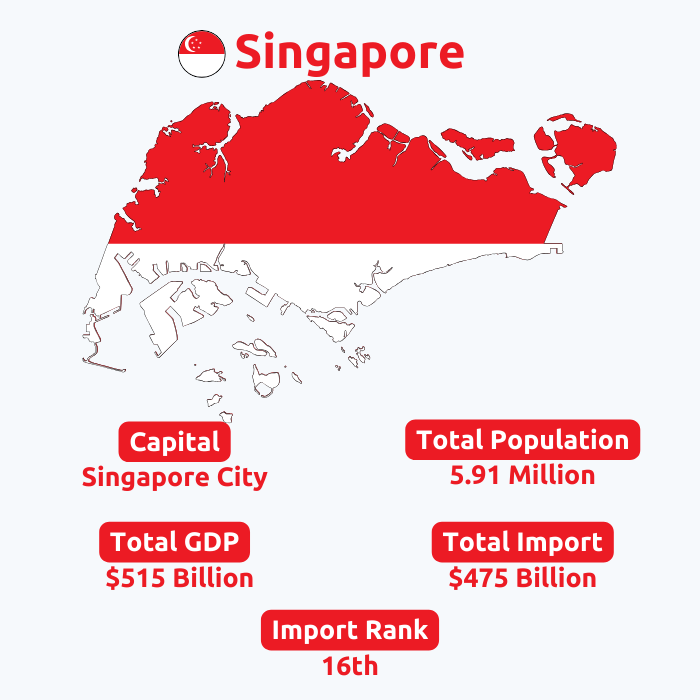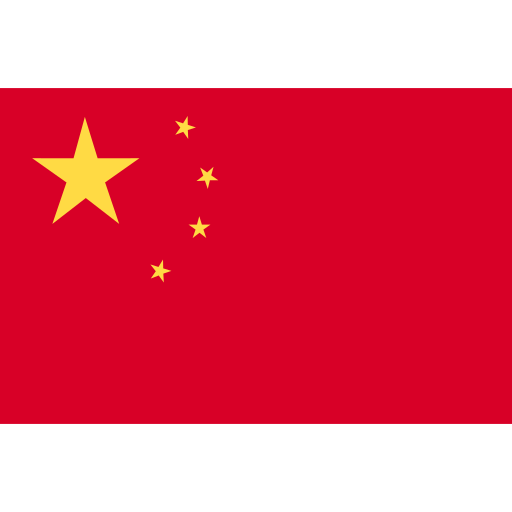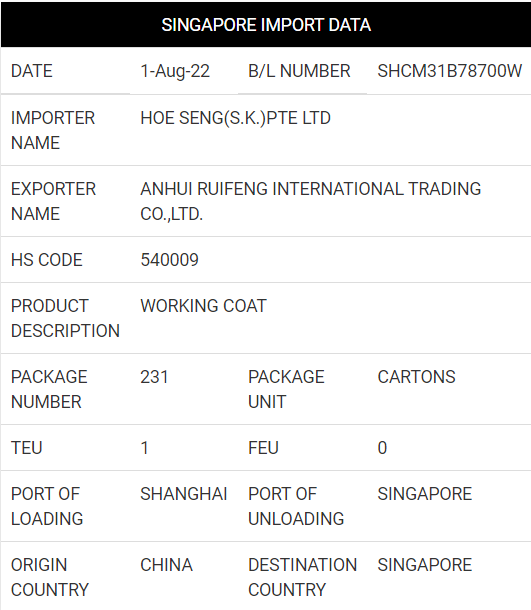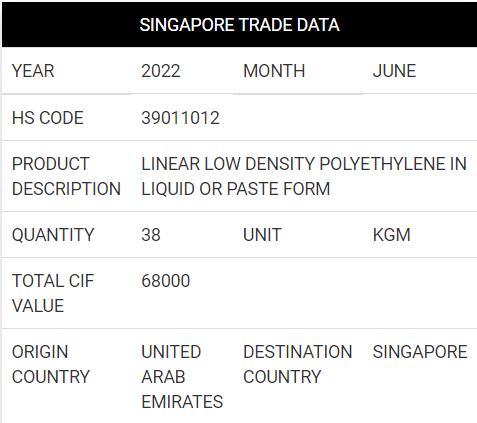Singapore Import Data
In today's globalized world, understanding import data is crucial for businesses looking to thrive in international trade. Singapore also known as the Republic of Singapore, is situated in Asia's southeast. Singapore is another one of the world's sovereign island nations. The South China Sea, the Strait of Johor, the Strait of Malacca, and other large bodies of water border Singapore. It is known for its strategic location and bustling economy and stands as a prime destination for importers and exporters. According to Singapore’s import data, the imports of Singapore accounted for a value of $422.53 billion in 2023 with a decline of 11% from the previous year, as per Singapore trade statistics. Let us shed light on Singapore imports data and Singapore import trade statistics for the year 2023, exploring its significance, sources, and how it can empower businesses to make informed decisions.






